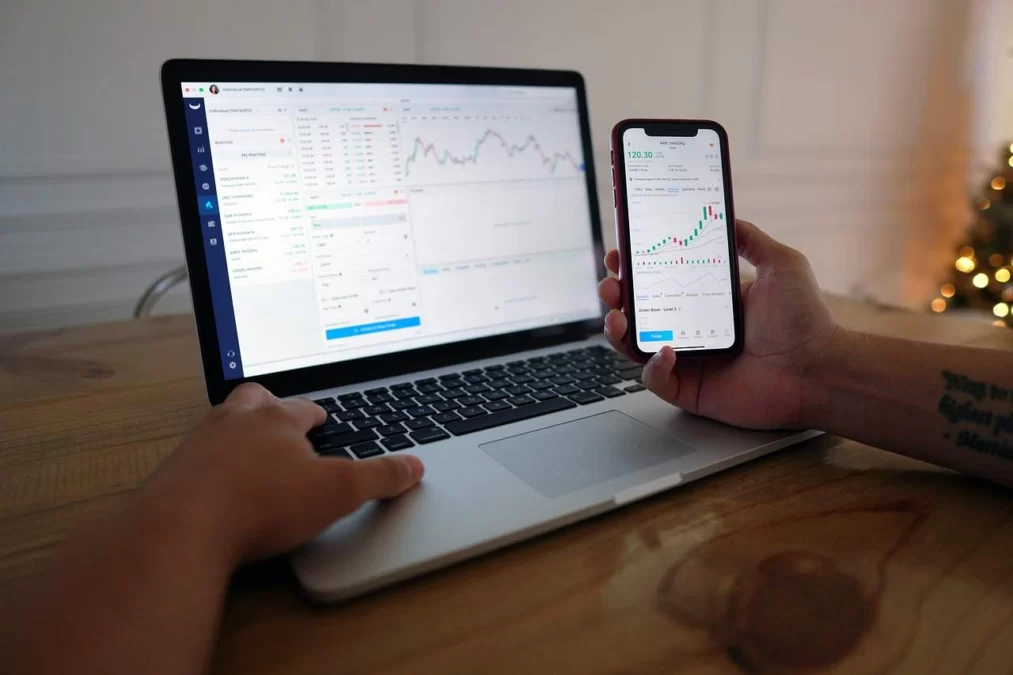Learn about Treasury bill rates and how they are determined. Discover the benefits of investing in Treasury bills, including low risk, liquidity, and competitive returns. Find out how to invest in Treasury bills and diversify your portfolio. Whether you are a seasoned investor or just starting, Treasury bills can be a valuable addition to your investment strategy.
Understanding Treasury Bill Rates
When it comes to investing, there are a multitude of options available. One such option that often considered a safe and secure investment is Treasury bills (T-bills). T-bills are short-term debt instruments issued by the government to raise funds. They considered to be one of the most low-risk investments available in the market.
What are Treasury Bills?
Treasury bills issued by the government as a way to finance its operations and pay off its debts. They are typically issued for a duration of less than one year, with maturities ranging from a few days to 52 weeks. T-bills are sold at a discount to their face value, which means that investors can buy them for less than their eventual payout.
Investing in Treasury bills is essentially lending money to the government. In return, investors receive the face value of the bill at maturity, effectively earning interest on their investment. The difference between the purchase price and the face value the interest earned.
How are Treasury Bill Rates Determined?
The interest rates on Treasury bills determined through an auction process. The U.S. Department of the Treasury conducts regular auctions to sell T-bills to investors. The interest rate, also known as the discount rate, determined by the market demand for T-bills.
Investors bid on the T-bills, specifying the discount rate they are willing to accept. The Treasury then accepts the highest bids first until it has raised the desired amount of funds. The discount rate of the last accepted bid becomes the interest rate for all T-bills sold in that auction.
The interest rate on Treasury bills influenced by various factors, including the current state of the economy, inflation rates, and the overall demand for government debt. When the economy is strong and inflation is low, Treasury bill rates tend to be lower. On the other hand, when the economy is weak or inflation is high, Treasury bill rates tend to be higher.
Why Invest in Treasury Bills?
Treasury bills considered a safe and secure investment for several reasons:
1. Low Risk:
As T-bills backed by the full faith and credit of the government, they considered to be virtually risk-free. This makes them an attractive option for conservative investors who prioritize the preservation of capital.
2. Liquidity:
Treasury bills are highly liquid investments, meaning they can easily bought and sold in the secondary market. This allows investors to access their funds quickly if needed.
3. Competitive Returns:
While Treasury bills may not offer the highest returns compared to riskier investments, they still provide competitive returns relative to other low-risk investments, such as savings accounts or certificates of deposit.
4. Diversification:
Investing in Treasury bills can help diversify a portfolio by adding a low-risk asset that is not directly correlated to the stock market. This can help reduce overall portfolio volatility.
How to Invest in Treasury Bills
Investing in Treasury bills is relatively straightforward. Here are the steps to get started:
1. Open a TreasuryDirect Account:
To invest in Treasury bills, you will need to open an account with TreasuryDirect, which is the U.S. Department of the Treasury’s online platform for buying and managing Treasury securities.
2. Fund Your Account:
Once you have opened a TreasuryDirect account, you will need to fund it by linking it to your bank account. This will allow you to transfer funds to purchase Treasury bills.
3. Place an Order:
Once your account funded, you can place an order for Treasury bills through the TreasuryDirect website. You can specify the amount you wish to invest and the duration of the T-bills you want to purchase.
4. Monitor and Manage:
After purchasing Treasury bills, you can monitor and manage them through your TreasuryDirect account. You can track their maturity dates, interest rates, and even reinvest the proceeds into new T-bills if desired.
Conclusion
Treasury bill rates play a crucial role in the investment landscape, providing investors with a safe and secure option for preserving capital and earning competitive returns. By understanding how Treasury bill rates determined and the benefits of investing in T-bills, investors can make informed decisions about their investment strategies.
While Treasury bills may not offer the highest returns, their low-risk nature and liquidity make them an attractive option for conservative investors or those looking to diversify their portfolios. By investing in Treasury bills, investors can have peace of mind knowing that their funds backed by the full faith and credit of the government.
Whether you are a seasoned investor or just starting, considering Treasury bills as part of your investment strategy can be a prudent decision. Their simplicity, low risk, and competitive returns make them a valuable addition to any investment portfolio.











